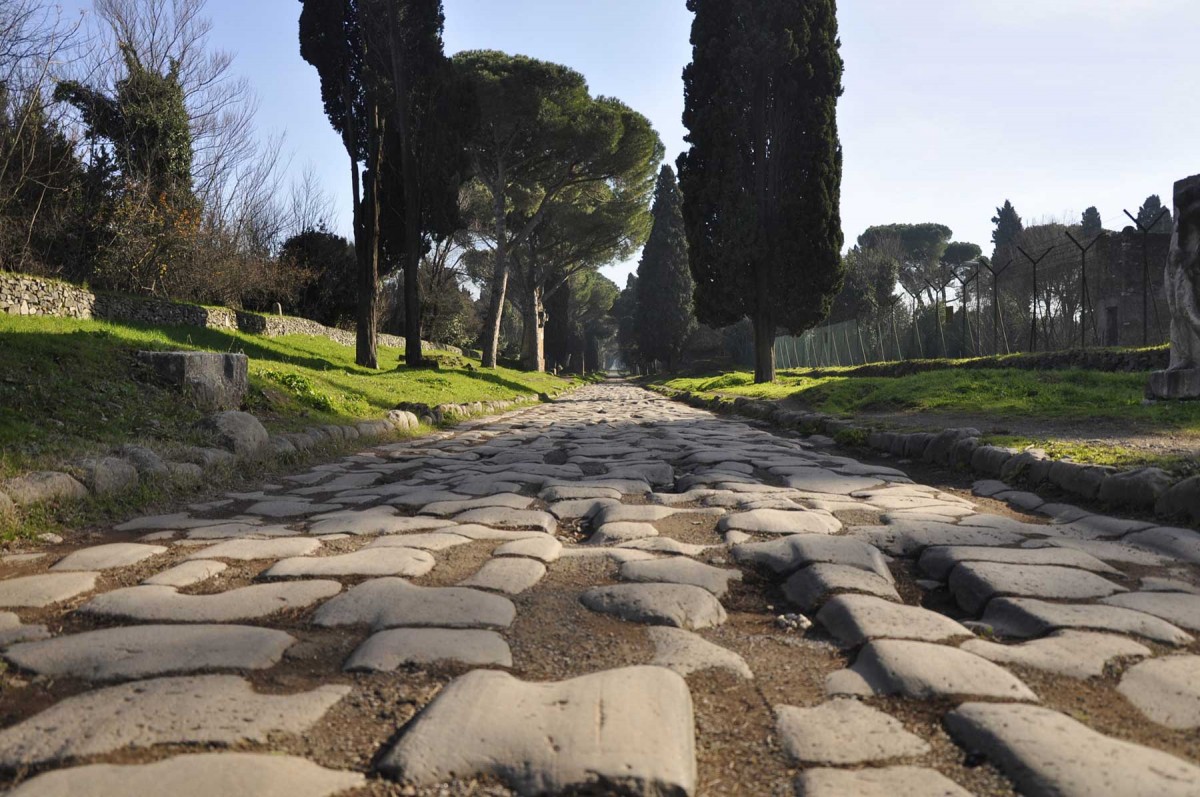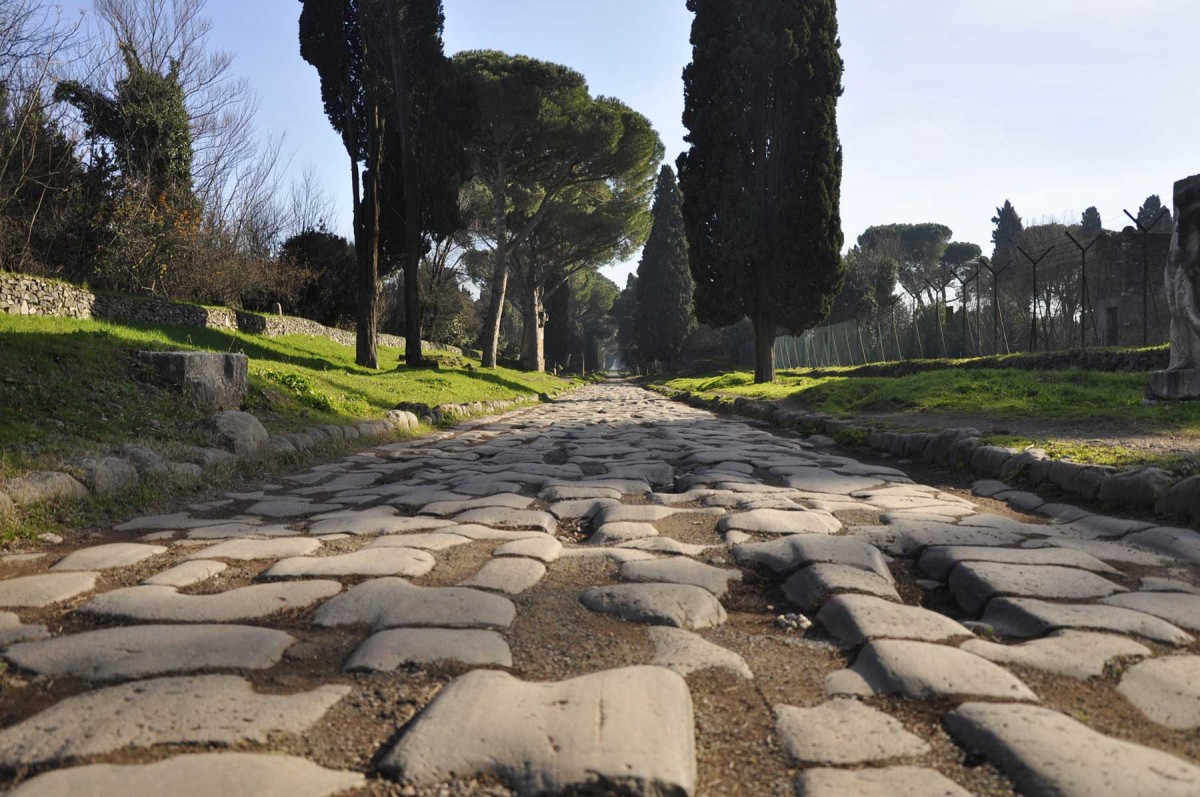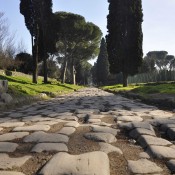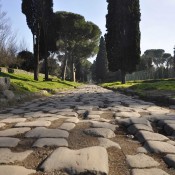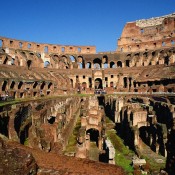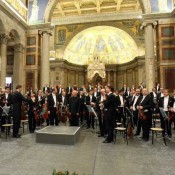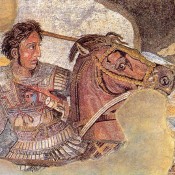“The Via Appia, ‘Queen of Roads’, became a hallmark of the political and cultural presentation of the city of Rome as the centre of the then existing world, and is still seen as an iconic monument of ancient Rome.” On May 12, 2014, Stephan Mols, Associate Professor in Classical and Provincial-Roman Archaeology at Radboud University, Nijmegen, will give a lecture on the Via Appia at the Netherlands Institute in Athens, presenting Roman interventions in their suburban landscape and focusing on a section of the road.
“The wealth of archaeological monuments preserved both above and beneath ground level, as well as the opulent documentary evidence in archives and digital resources (mainly photographs), make a very detailed multidisciplinary analysis of the history of the road and its surroundings possible”, as the professor explains in the abstract of his paper. “At the same time, this huge amount of wide-ranging data poses some methodological challenges and requires the development of new documentation and analysis strategies. The complex architectural design of several monuments, as well as the detailed archival records, have resulted in an archaeological and historical landscape which cannot be studied by only using established recording systems like regional field survey projects.”
About the lecturer
Stephan Mols is Associate Professor in Classical and Provincial-Roman Archaeology at Radboud University, Nijmegen. He wrote his PhD on the wooden furniture of Herculaneum (1994) and has worked mostly in Pompeii, Herculaneum, Ostia and Rome on Roman architecture, interior decoration and wall painting. He is project leader of the ‘Mapping the Via Appia’ project, a multidisciplinary investigation of the 5th and 6th mile of the Via Appia in Rome.
From 1982 on, he participated every year, for at least during one month, in archaeological projects in Sicily (1982), Rome (Domus Aurea, 1983-1985) and Pompeii (1984). From 1985 on, he was working, as staff member, in Herculaneum (1985-1986), Pompeii (1986 – until recently: mainly Doric Temple, Casa di M. Lucretius Fronto and Casa degli Scienziati) and Ostia (2002-2008). With Eric Moormann, he is carrying out research on wall painting in Pompeii, Herculaneum, Rome and Ostia.
The lecture will be given on May 12, 2014, 7.00 p.m., at the Netherlands Institute of Athens, Makri str. 11.
